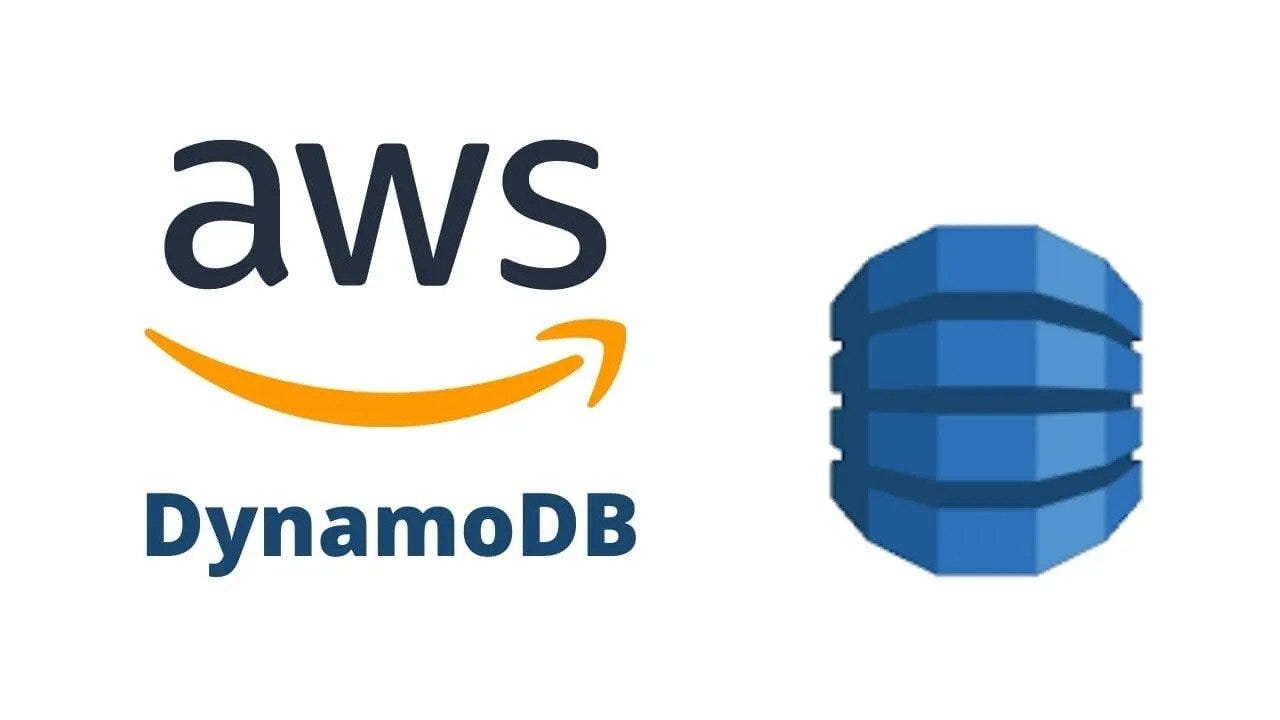Introduction
Are you looking to harness the power of a high-performance, fully-managed NoSQL database service? Look no further than Amazon DynamoDB. Whether you're a developer, a business owner, or just curious about databases, this guide is designed to help beginners understand the ins and outs of Amazon DynamoDB and how to get started with this robust and scalable database solution.
What is Amazon DynamoDB?
Amazon DynamoDB is a fast, flexible, and fully managed NoSQL database service provided by Amazon Web Services (AWS). It's designed to deliver high performance at any scale while maintaining seamless reliability. DynamoDB is known for its low-latency data access and can handle millions of requests per second, making it an ideal choice for applications with variable and unpredictable workloads.
Key Features
1. Fully Managed
DynamoDB takes care of all the heavy lifting involved in database management. It handles tasks like server provisioning, patching, setup, configuration, scaling, and backups, allowing you to focus on your application development.
2. Scalable
You can easily scale your DynamoDB tables up or down to meet the changing demands of your application. It ensures you don't have to worry about overprovisioning or underprovisioning your resources.
3. High Availability and Durability
DynamoDB is designed for high availability and data durability. It replicates data across multiple Availability Zones within an AWS region to provide uninterrupted access to your data even in the face of hardware failures or other issues.
4. Security
DynamoDB offers robust security features, including encryption at rest and in transit, fine-grained access control, and integration with AWS Identity and Access Management (IAM) for authentication.
5. Global Tables
You can create global tables that allow you to replicate data across AWS regions, ensuring low-latency access to your data from around the world.
Getting Started
Sign up for AWS
If you haven't already, sign up for an AWS account. DynamoDB is a part of AWS, so you'll need an AWS account to get started.
Access DynamoDB Console
Once you have an AWS account, access the AWS Management Console. Search for "DynamoDB" in the services and select it.
Create a Table
To start using DynamoDB, you'll need to create a table. Tables are where your data will be stored. Define your table's schema and configure options like read and write capacity units.
Insert Data
After creating a table, you can start inserting data. DynamoDB supports various data types, including strings, numbers, binary data, and more. You can use the AWS SDKs or the AWS Management Console to add data.
Query and Retrieve Data
DynamoDB offers flexible querying options. You can retrieve data using primary key lookups, secondary indexes, or by using Scan operations. Ensure you understand your data access patterns to optimize your queries.
Best Practices
To make the most of Amazon DynamoDB, consider the following best practices:
Design Your Data Model Carefully
DynamoDB requires you to design your data model based on your application's access patterns. Consider how your data will be accessed and structure your tables and indexes accordingly.
Use On-Demand Capacity Mode
Consider using on-demand capacity mode for unpredictable workloads. It eliminates the need for manual provisioning and automatically scales based on your traffic.
Implement Caching
To reduce the cost and improve the response time of your application, consider using a caching layer (e.g., Amazon ElastiCache) in front of DynamoDB.
Monitor and Optimize
Regularly monitor your DynamoDB usage, set up alarms for critical metrics, and use AWS tools like AWS CloudWatch to gain insights into the performance of your tables.
Conclusion
Amazon DynamoDB is a powerful, fully managed NoSQL database service that can transform the way your applications store and retrieve data. As a beginner, you now have a solid foundation to start your journey with DynamoDB.
Remember to explore the extensive documentation and resources provided by AWS to dive deeper into this technology, and always keep best practices in mind to ensure optimal performance and cost-efficiency for your applications. With DynamoDB, you can take full advantage of a scalable and highly available database solution that is ready to support your evolving needs. Happy data modeling!
